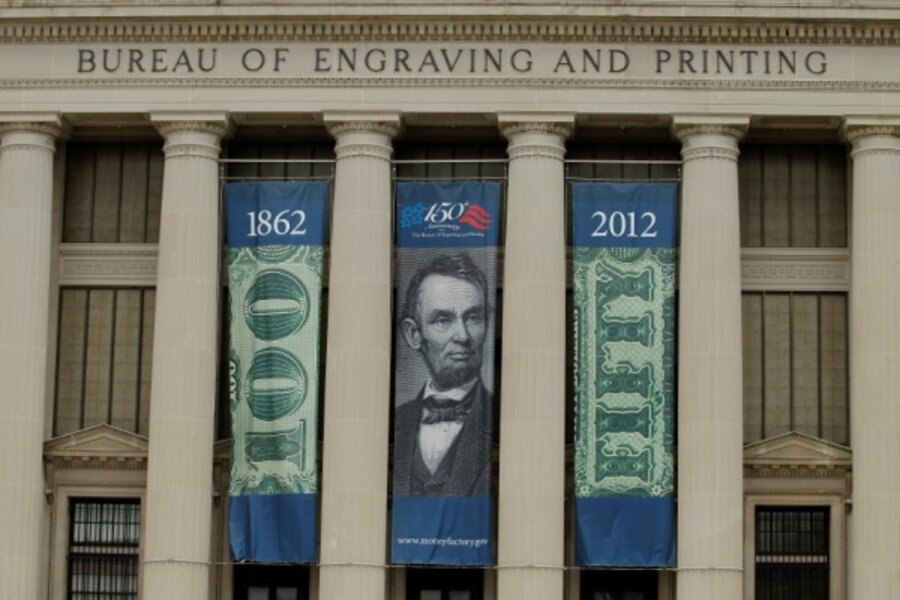Treasury nixes $1 trillion platinum coin
Loading...
Ezra Klein reports an official statement from Anthony Coley, a Treasury spokesperson, killing the platinum coin strategy:
“Neither the Treasury Department nor the Federal Reserve believes that the law can or should be used to facilitate the production of platinum coins for the purpose of avoiding an increase in the debt limit.”
So R.I.P. platinum coins of unusual size.
The administration has previously ruled out another oft-discussed debt-limit safety valve, overriding the limit based on the 14th amendment. So “Plan B” discussions will now move to two other alternatives that have been bandied about: prioritizing payments or, as Ed Kleinbard suggested the other day, issuing scrip like California did a couple years ago. Of course, issuing scrip *is* prioritizing payments, but with the added feature (or complication) of a written, transferable IOU.








